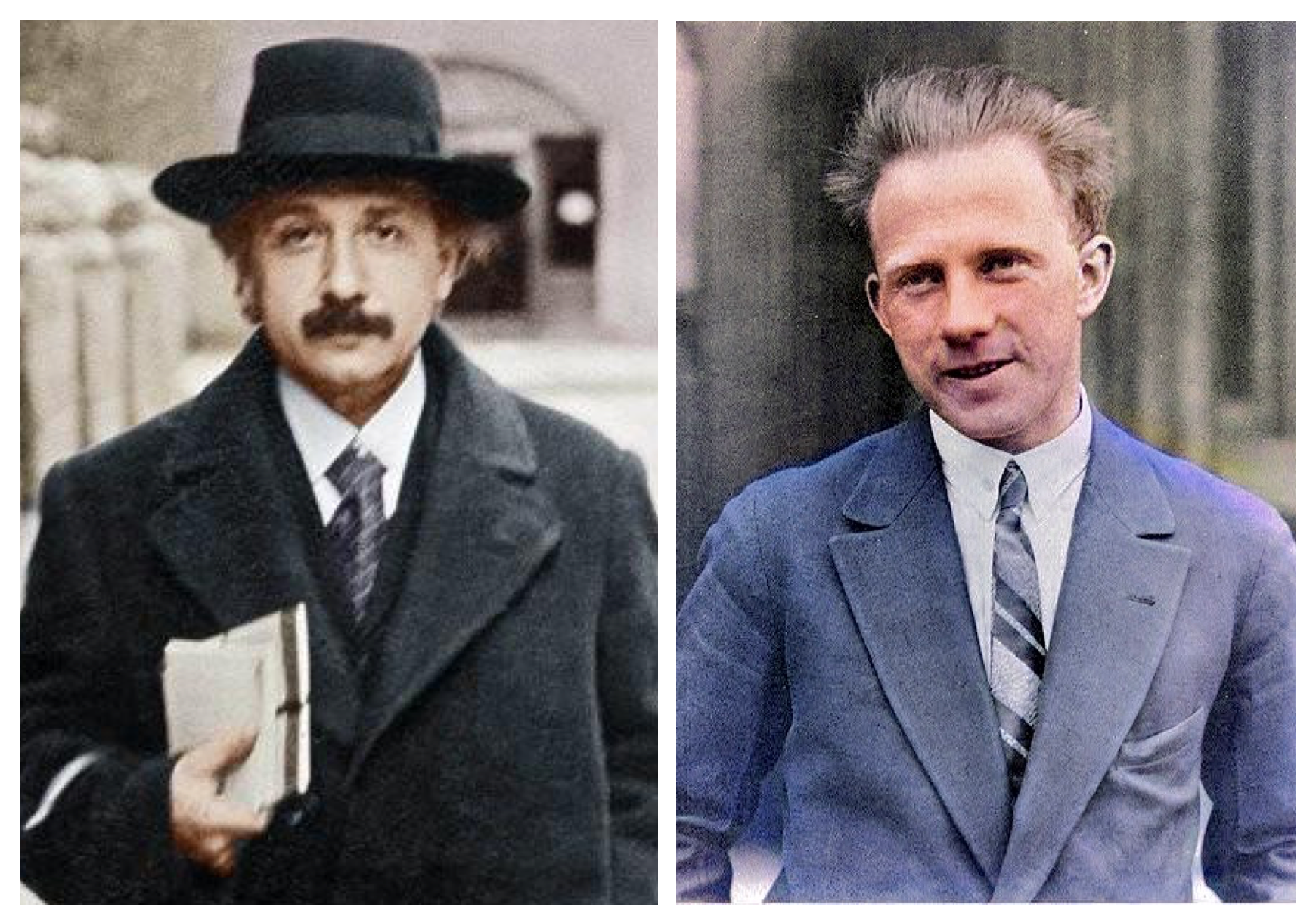Carl Linnaeus, frequently hailed as the “pioneer of contemporary taxonomy,” is a name inextricably linked with the transformative reorganization of the biological disciplines. His unwavering commitment to categorization and naming conventions not only fundamentally altered the way living organisms were structured but also established the crucial groundwork for systematic biology, impacting botanical, zoological, and ecological research for hundreds of years.
The Genesis of Contemporary Taxonomy
Before Linnaeus, the classification of living organisms relied on convoluted descriptions and inconsistent terminology, often leading to confusion and misinterpretation among scholars. The prevailing approach to describe a plant or animal involved lengthy Latin phrases detailing its characteristics—a system known as the “polynomial” naming system. This lack of standardization made scientific communication cumbersome across cultures and languages.
Linnaeus introduced the binomial nomenclature, a two-name system composed of a genus and a species epithet. For example, he named the domestic cat Felis catus, immediately providing both brevity and clarity. This approach systematically replaced the tangled web of previous naming conventions, establishing a framework that could be universally adopted.
Systema Naturae and its Hierarchical Structure
Linnaeus’s seminal publication, Systema Naturae, initially released in 1735 and subsequently revised numerous times, represented a monumental endeavor to document every living entity on the planet. He put forth a tiered classification framework consisting of nested levels: Kingdom, Class, Order, Genus, and Species. This organizational scheme established a rational sequence for assigning organisms to increasingly precise classifications, thereby forming the fundamental basis of contemporary taxonomic practices.
In the tenth edition of Systema Naturae (1758), which is considered the starting point for zoological nomenclature, Linnaeus enumerated approximately 7,700 species of plants and 4,400 species of animals. Each was described succinctly, with new and shorter names. This method replaced the confusion of synonyms and regional terms and allowed scientists globally to communicate unambiguously about the same organisms.
Standardization and the Increasing Depth of Natural Sciences
By imposing a structured framework on the realm of biology, Linnaeus paved the way for the advancement of numerous other fields. This systematic approach allowed botanists and zoologists to confidently compare and contrast their discoveries. For example, medical professionals during the 18th and 19th centuries relied on Linnaean terminology for identifying and investigating medicinal plants, thereby greatly reducing dangerous mistakes caused by unclear naming conventions.
Beyond mere naming, Linnaeus’s contributions enabled the recognition of connections between living things. Although he initially considered his classifications to be fixed and divinely established, the organizational system provided a foundation upon which subsequent evolutionary thinkers—like Charles Darwin and Alfred Russel Wallace—could build theories of lineage and shared origins.
On-Site Research, Characterization, and the Worldwide Academic Community
Linnaeus’s influence extended beyond scholarly publications. He mentored a cohort of students, dubbed “Linnaean apostles,” who journeyed globally—to Asia, Africa, and the Americas—to gather, document, and categorize novel species. These voyages supplied crucial information to European repositories, fostering an unparalleled level of knowledge sharing and scientific cooperation.
He also introduced novel ideas, such as the botanical classification system based on sexual characteristics, which categorized flora according to their reproductive structures. While this approach was eventually replaced in the field of plant taxonomy, its straightforwardness and clarity infused botany with precision and consistency, sparking extensive discussions and improvements.
The Enduring Impact on Modern Biology and Other Fields
Even long after Linnaeus’s era, the foundational concepts he established continue to be essential. The binomial nomenclature system is formally recognized through global codes of nomenclature for flora, fauna, fungi, and microorganisms. Taxonomists still employ the hierarchical structure, albeit one that has been enhanced and broadened as scientific knowledge progresses.
Molecular biology, phylogenetics, and genomics now supplement classical taxonomy, but the Linnaean system persists as a universal language for biologists. Historical records show that between the late 18th and mid-19th centuries, natural history museums and herbaria organized their reference materials according to Linnaean categories, streamlining both academic study and public education.
In essence, the scientific perspective experienced a significant shift. Through the establishment of rigorous criteria, Linnaeus facilitated comparative biological studies, fundamentally altered medical practice via accurate classification, and inadvertently contributed to the development of evolutionary theory. His concept of an organized natural realm still resonates, underscoring the perpetual need for systematic arrangement and distinctness in the pursuit of comprehending existence.




